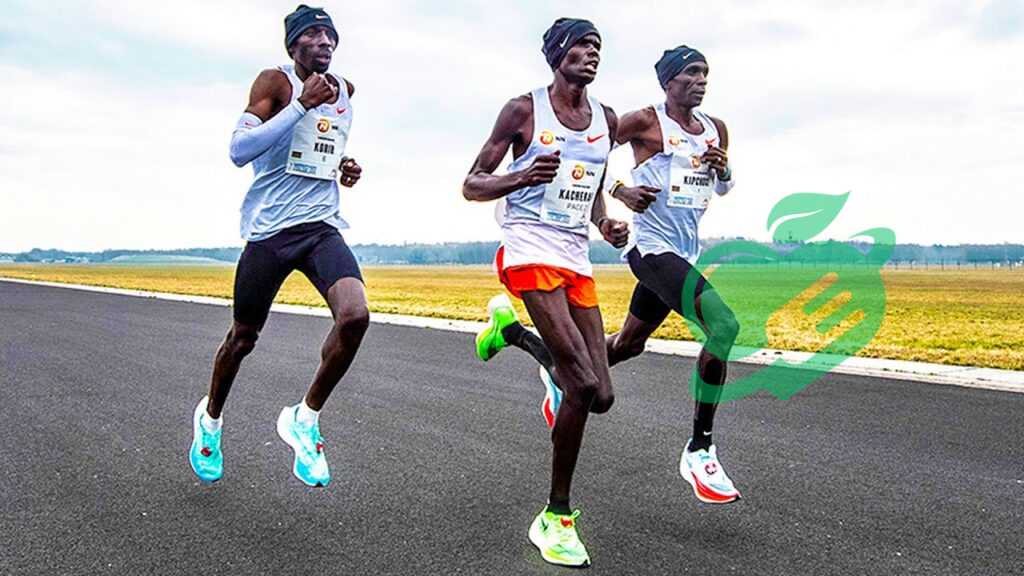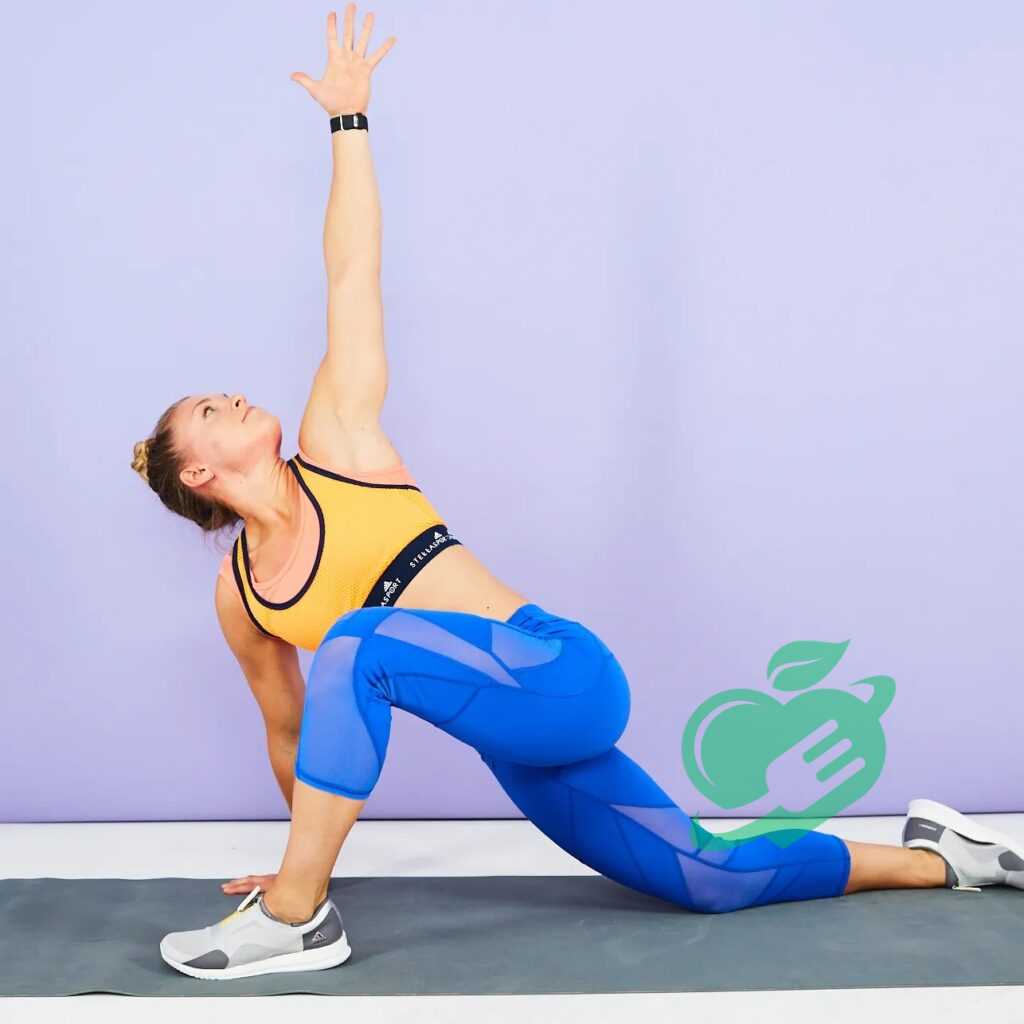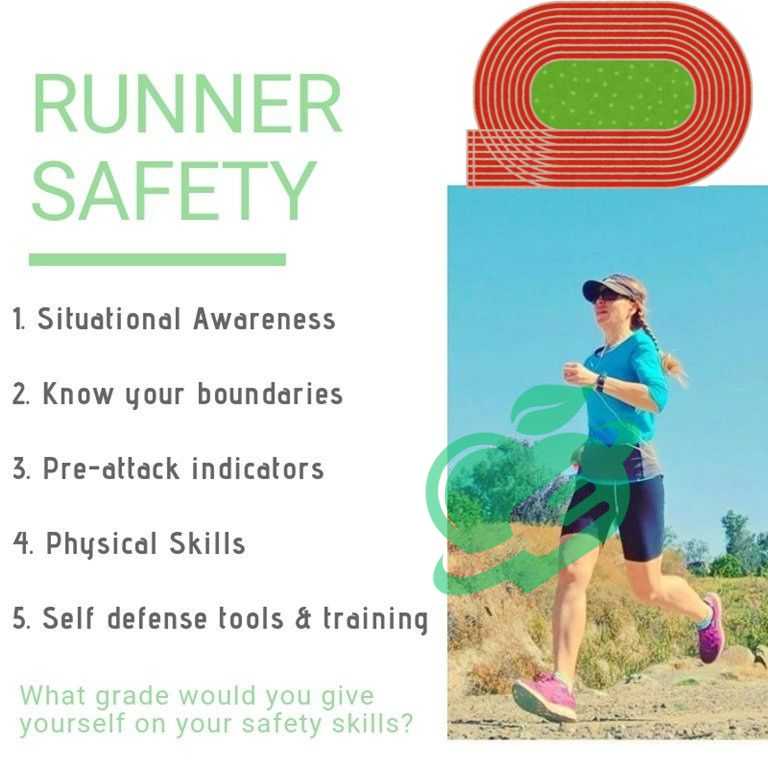
Understanding the Running Track
The running track is not just a circle of asphalt or tartan; it is a haven for runners of all levels. Whether you’re a seasoned athlete or a beginner looking to improve your fitness, the running track offers an ideal environment tailored for various training regimens. With its measured distances and a flat surface, it helps runners track their progress accurately while honing their skills. As someone who’s spent numerous early mornings on the track, I can attest to the sense of community and motivation generated there. Watching fellow runners push their limits inspired me to keep going, even when I felt like giving up.
Benefits of Training on the Track
Training on a running track offers several compelling advantages:
- Consistency: The surface is even and predictable, reducing the risk of trips and falls compared to uneven trails.
- Distance Precision: Tracks are typically 400 meters in circumference, making it easy to gauge your pace and distance.
- Controlled Environment: With minimal obstacles, runners can focus solely on their form and the rhythm of their run.
- Varied Workouts: Tracks allow you to incorporate various training methods, such as intervals, sprints, and endurance runs.
By dedicating time to training on the track, runners can not only improve their performance but also enjoy the experience within a structured setting. So, the next time you think of enhancing your running routine, consider seeking out a running track near you!

Essential Gear for Track Running
When it comes to track running, the first step toward optimal performance is selecting the right pair of shoes. Trust me; investing in good footwear can make a world of difference. During my earlier training days, I made the mistake of wearing generic sneakers, which led to discomfort and even a few minor injuries. Choosing the right shoes involves considering various factors:
- Fit: Make sure the shoes fit snugly but not too tight. Your toes should have some wiggle room.
- Cushioning: Look for shoes with adequate cushioning to absorb impact, especially if you’re running on a hard surface.
- Type: Depending on your training regimen, you may opt for lightweight racing flats for speed work or trainers for longer runs.
Apparel and Accessories for Optimal Performance
In addition to proper footwear, your choice of apparel can significantly influence your running experience. Here’s what to consider:
- Moisture-wicking Fabrics: These materials help keep you dry and comfortable during intense workouts.
- Supportive Sports Bra: For female runners, a good sports bra is essential for support and comfort.
- Accessories: Items like a running cap, sunglasses, and a good watch or fitness tracker can enhance your training.
By paying attention to your gear, you’ll set the stage for a more enjoyable and effective training session on the track!

Warm-up and Stretching Techniques
As any experienced runner will tell you, warming up is a non-negotiable part of any training session. After all, jumping straight into a sprint on the track without some form of preparation can lead to muscle strain or injury. I remember a time when I neglected my warm-up routine and paid the price with tightness in my calves that lingered for weeks. A proper warm-up serves several crucial purposes:
- Increases Blood Flow: It raises your heart rate and delivers more oxygen to your muscles.
- Improves Flexibility: Warming up prepares your muscles for a wider range of movement.
- Enhances Performance: A warm body is more responsive, enabling better performance during your workouts.
Dynamic Stretches for Runners
Dynamic stretches are an excellent way to warm up before hitting the track. Unlike static stretches, which hold a position, dynamic stretches involve movement, helping to further increase blood flow and muscle elasticity. Here are a few effective dynamic stretches for runners:
- Leg Swings: Stand next to a wall for balance; swing one leg forward and backward, alternating legs.
- High Knees: Jog in place, bringing your knees up towards your chest to engage your hip flexors.
- Butt Kicks: While jogging, kick your heels up towards your glutes to activate your hamstrings.
Incorporating these dynamic stretches into your routine will prepare your body for the demands of track running, ensuring that you hit the ground running—literally!

Training Programs for Track Success
Building endurance is essential for any runner looking to improve their performance on the track. Endurance training helps increase your stamina, allowing you to maintain a strong pace throughout your workouts or races. When I first transitioned from casual jogging to structured track workouts, I found that incorporating longer runs made a significant difference in my overall speed. To develop endurance, consider the following strategies:
- Long Runs: Aim for 60-90 minutes on a flat track or a nearby running path, maintaining a comfortable pace.
- Pacing Drills: Practice running at your target race pace for longer distances, focusing on maintaining consistency.
- Cross-Training: Include cycling, swimming, or other low-impact activities once a week to build your cardiovascular fitness without added stress on your joints.
Read also : How Many Calories Do You burn When You Walk?
Speed Workouts on the Track
Once you’ve established a solid endurance base, it’s time to incorporate speed workouts to take your training to the next level. Speed workouts are crucial for improving your overall race times and explosiveness. During my training, I found interval sessions to be particularly effective. Here are a couple of speed workout ideas:
- 400-Meter Intervals: Run 4-8 laps at a high intensity, with equal rest periods. Start with a pace 5-10 seconds faster than your race pace.
- Fartlek Training: Mix bouts of speedy running with slower recovery periods. For example, sprint for 30 seconds, followed by 1-2 minutes of easy jogging.
By combining endurance and speed workouts, you’ll establish a well-rounded training program that sets you up for track success!

Running Form and Techniques
While training for track success, it’s crucial to pay attention to your running form. Proper posture can contribute significantly to your efficiency and speed, and it reduces the risk of injuries. When I first started focusing on form, I was surprised by how much lightened my stride and lessened the fatigue in my legs. Here’s how to ensure your posture is on point:
- Head and Neck: Keep your head up, looking forward, not down at your feet. Your neck should remain relaxed to avoid tension.
- Shoulders: Keep your shoulders relaxed, not hunched. Imagine having a slight squeeze of your shoulder blades together.
- Arms: Bend your elbows at around a 90-degree angle and swing your arms forward and back—not across your body. This movement helps with momentum.
Breathing Techniques During Runs
Breathing might seem instinctive, but focusing on breath techniques can significantly enhance your performance. Proper breathing helps maximize your oxygen intake, energizing your efforts on the track. I still recall the game-changer it was for me when I started employing breathing techniques. Consider these simple breathing tips:
- Diaphragmatic Breathing: Breathe deeply through your diaphragm rather than short, shallow breaths. This allows for better oxygen exchange.
- Rhythmic Breathing: Sync your breaths with your steps, such as inhaling for three steps and exhaling for two. This maintains a steady oxygen flow.
By honing your running posture and breathing, you’ll find a new level of efficiency, leading to greater success on the track!

Injury Prevention and Recovery
Even the most seasoned runners can fall prey to injuries, often arising from overtraining, poor technique, or inadequate preparation. Understanding common running injuries is crucial for any athlete aiming for longevity in the sport. In my early running days, I faced a bout of shin splints—one of the most notorious injuries. Here are a few common running injuries to keep on your radar:
- Shin Splints: Pain along the shin bone, often caused by increased training intensity or improper footwear.
- Patellar Tendonitis: Commonly known as “jumper’s knee,” it results from repetitive stress on the knee, leading to pain at the front.
- Plantar Fasciitis: This heel pain is caused by inflammation of the tissue connecting the heel bone to the toes.
Strategies for Recovery and Rehabilitation
Prevention is key, but if injuries do occur, having a solid recovery strategy is imperative. I learned this the hard way when I rushed back into training after an injury, leading to setbacks. Here are effective recovery strategies:
- Rest and Ice: Give your body time to heal. Apply ice to the affected area to reduce swelling.
- Physical Therapy: Consider consulting a professional to guide you through targeted rehab exercises.
- Gentle Cross-Training: Activities like swimming or cycling can maintain fitness without putting undue stress on injured areas.
By understanding common running injuries and following effective recovery strategies, you can keep yourself on track toward long-term success!
Read also: Brain Damage Posturing: What You Must Know

Mental Preparation and Focus
As important as physical training is, mental preparation can be the secret ingredient to achieving your desired success on the track. Setting clear and realistic goals offers direction and motivation. I learned firsthand that when I set specific goals, like aiming to shave off seconds from my lap time, it completely transformed my training sessions, making them more focused and rewarding. Here are some effective goal-setting techniques:
- SMART Goals: Make your goals Specific, Measurable, Achievable, Relevant, and Time-bound. For instance, instead of saying, “I want to run faster,” rephrase it to, “I will run 5K in under 25 minutes within three months.”
- Break It Down: Break larger goals into smaller, manageable milestones to track your progress systematically.
Mindfulness and Visualization Techniques
Mindfulness and visualization techniques can elevate your performance, helping you stay present and calm during your runs. Before big races, I often visualize myself crossing the finish line with a strong kick, and it’s amazing how effectively this practice prepares me mentally. Here’s how to implement mindfulness and visualization:
- Mindful Running: Focus on your body and surroundings while you run. Notice your breathing, the rhythm of your feet, and the environment, which can enhance focus and decrease anxiety.
- Visualization Exercises: Spend a few minutes each day picturing yourself achieving your goals—feeling the emotions of success can make a real difference.
Embracing mental preparation and focus can lead to breakthroughs on the track, setting you up for sustained success and enjoyment of the journey!
Read also : Calculate Your VO2 Max: The Ultimate Guide

Track Racing Strategies
When it comes to track racing, pacing is one of the most critical aspects that can make or break your performance. During my early races, I often started too fast, only to hit a wall midway through. Over time, I learned the importance of calibrating my pace to not just finish strong, but also to enjoy the race. Here are a few effective race-pacing strategies:
- Start Steady: Aim to start at a pace that feels comfortable. After the first few laps, gradually increase your speed as your body warms up.
- Negative Splits: Consider running the second half of the race slightly faster than the first. This technique utilizes your energy efficiently and leaves room for a strong finish.
- Use a Watch: Make use of a running watch or app to monitor your lap times, ensuring you stay on target throughout the race.
Dealing with Race Day Nerves
Race day can bring a whirlwind of emotions, and it’s natural to feel nervous. I remember a time when my nerves almost sabotaged my performance. However, with a few strategies at my disposal, I learned to harness that energy instead. Try these techniques to manage race day jitters:
- Pre-Race Routine: Establish a ritual that includes a warm-up, light snacks, and stretching. A routine can ground you and provide a sense of control.
- Breathing Exercises: Incorporate deep breathing in the minutes leading up to the race. Inhale for four counts, hold for four and exhale for four to calm your racing heart.
- Focus on the Process: Shift your mindset away from the outcome and concentrate on executing your race strategy.
By honing your race pacing and effectively managing nerves, you can turn your track experiences into opportunities for personal bests and newfound joy!
Read also: Understanding the Importance of Mental Health First Aid

Nutrition and Hydration Tips for Runners
Nutrition plays a pivotal role in optimizing your performance on the track. Pre-run fueling is essential—it’s what powers your body through those challenging workouts and competitive races. I learned the hard way during my early running days that skipping a proper meal before a run can lead to fatigue and sluggishness. Here are some practical fueling tips:
- Timing: Aim to eat a balanced meal 2-4 hours before your run. This gives your body time to digest.
- Carbohydrates: Focus on complex carbs such as oats, whole-grain bread, or brown rice to provide sustained energy.
- Protein: Include a moderate amount of protein—think yogurt, nuts, or a protein shake. This aids in muscle recovery.
- Light Snacks: If you’re short on time, a small snack like a banana or an energy bar about 30 minutes before your run can help.
Hydration Guidelines for Track Workouts
Staying hydrated is just as crucial as fueling your body. I can’t stress enough how hydration transformed my endurance; on days I remembered to hydrate well, I felt light and agile. Here are some hydration guidelines to follow:
- Daily Intake: Aim for at least 64 ounces of water a day, adjusting for intensity and temperature.
- Before Running: Drink around 16-20 ounces of water one to two hours before your workout.
- During Workouts: For runs longer than an hour, consider a sports drink to replace electrolytes lost through sweat.
- Post-Run: Rehydrate with water and a snack or meal to replenish lost nutrients and fluids.
By focusing on pre-run fueling and proper hydration, you’ll set the stage for not only better track performance but also overall well-being!
Read also : Treadmill vs. Elliptical Machine: Which Is Better?

Cooling Down and Post-run Recovery
Just as warming up is vital for your running routine, cooling down is equally important in ensuring your body transitions safely back to its resting state. After an exhilarating track session, I often felt tempted to skip this step, thinking it was unnecessary. However, I quickly learned that a proper cooldown can significantly enhance recovery and prevent injuries. Here’s why cooling down matters:
- Gradual Heart Rate Reduction: It helps your heart rate return to its normal level, reducing stress on your cardiovascular system.
- Prevents Dizziness: Slowing down gradually can help prevent feelings of dizziness or light-headedness post-run.
- Lactic Acid Clearance: Cooling down facilitates the removal of lactic acid from your muscles, which can alleviate soreness.
Post-run Stretching and Recovery Techniques
Post-run stretching is a key component of recovery that shouldn’t be overlooked. I remember the first time I incorporated a proper stretching routine; my muscles felt rejuvenated and ready for the next run. Here are some effective stretching and recovery techniques:
- Static Stretching: Focus on major muscle groups like quads, hamstrings, and calves. Hold each stretch for about 15-30 seconds to ensure effective elongation.
- Foam Rolling: Using a foam roller can help release tightness in muscles and increase blood flow.
- Hydrate and Nourish: Follow your run and cool down with a recovery snack rich in protein and carbohydrates—think of a smoothie or a yogurt with fruit.
By prioritizing cooling down and incorporating post-run recovery techniques, you’ll pave the way for improved performance and less soreness in the days that follow, allowing you to stay consistent on track!

Track Etiquette and Safety Measures
As runners, we often find ourselves sharing the track with fellow athletes, walkers, and other fitness enthusiasts. Understanding track etiquette not only fosters a sense of community but also ensures everyone has a safe and enjoyable experience. I learned this lesson during one of my early group training sessions when I unintentionally interrupted someone’s rhythm by cutting them off. Since then, I’ve been mindful of how to navigate shared spaces. Consider these tips when sharing the track:
- Stay to the Right: Always run on the right side of the track to allow faster runners to pass on the left.
- Announce Your Presence: If you’re about to overtake someone, a simple “on your left” can go a long way in avoiding accidents.
- Avoid Sudden Stops: Try not to stop abruptly in high-traffic areas; instead, move to the sidelines if you need to take a break.
Safety Precautions for Track Running
Safety on the track is essential for preventing injuries and ensuring a smooth-running experience. It can often be overlooked when caught up in the thrill of training or racing. During one of my runs, I tripped over a misplaced water bottle, prompting me to reassess my awareness of the track. Here are some safety precautions to keep in mind:
- Inspect Your Environment: Before starting, check the track for any obstacles or debris that could cause trips or falls.
- Wear Visible Gear: During low-light conditions, opt for bright or reflective clothing to remain visible to other runners.
- Stay Hydrated: If you’re running in hot weather, remember to hydrate before you start your workout.
Frequently asked questions
What is called a running track?
(running track) noun. Athletics. an area, typically oval, designated for athletic races. 1
How long is 1 running track?
Most outdoor tracks measure 400 meters in length when measured along lane 1, which is just under a quarter of a mile (specifically 0.2485 miles). Here are some additional useful measurements: 100 meters corresponds to one straight section (the portion of the track that remains straight before it curves), and 400 meters equals approximately a quarter of a mile, representing one complete lap. 2
What is a word for running track?
A venue where various types of races take place. This includes terms like racetrack, track, course, and racecourse. 3
What is the sport of running on a track?
Track and field falls under the broader category of athletics, which also comprises road running, cross-country running, and race walking. 4
What do you run in track?
| Discipline | Events |
| Sprints | 100m, 200m, 400m |
| Middle/Long | 800m, 1500m, 5000m, 10000m, 3000m steeplechase |
| Hurdles | 100m hurdles, 110m hurdles, 400m hurdles |
| Road Running | Half marathon, marathon 5 |
How many sprints are there in track?
In athletics and track and field, sprints refer to races that cover short distances. These events are some of the oldest forms of running competitions, with records dating back to the Ancient Olympic Games. Today, three sprint events are featured in the modern Summer Olympics and outdoor World Championships: the 100 meters, 200 meters, and 400 meters. 6
Is running a game or sport?
Running serves as both a competitive sport and a form of training for activities that involve running or endurance. It comprises various events categorized by distance, and may also feature variations like the obstacles found in steeplechase and hurdles. 7
Follow us for more updates and breaking news, as we provide you with everything new.
Reference- collinsdictionary ((↩))
- runnersworld ((↩))
- wordhippo ((↩))
- en.wikipedia ((↩))
- olympics ((↩))
- Wikipedia ((↩))
- Wikipedia ((↩))



